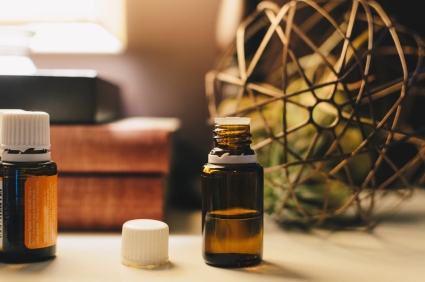What is aromatherapy?
Aromatherapy is the medicine that uses the essence of plants to naturally prevent or treat ailments of the human body. Essences contain fragrant and volatile substances that are trapped in an oil. These substances are extracted from a specific part of a plant or from the plant as a whole (flower, leaf, fruit, bark, seed and root).
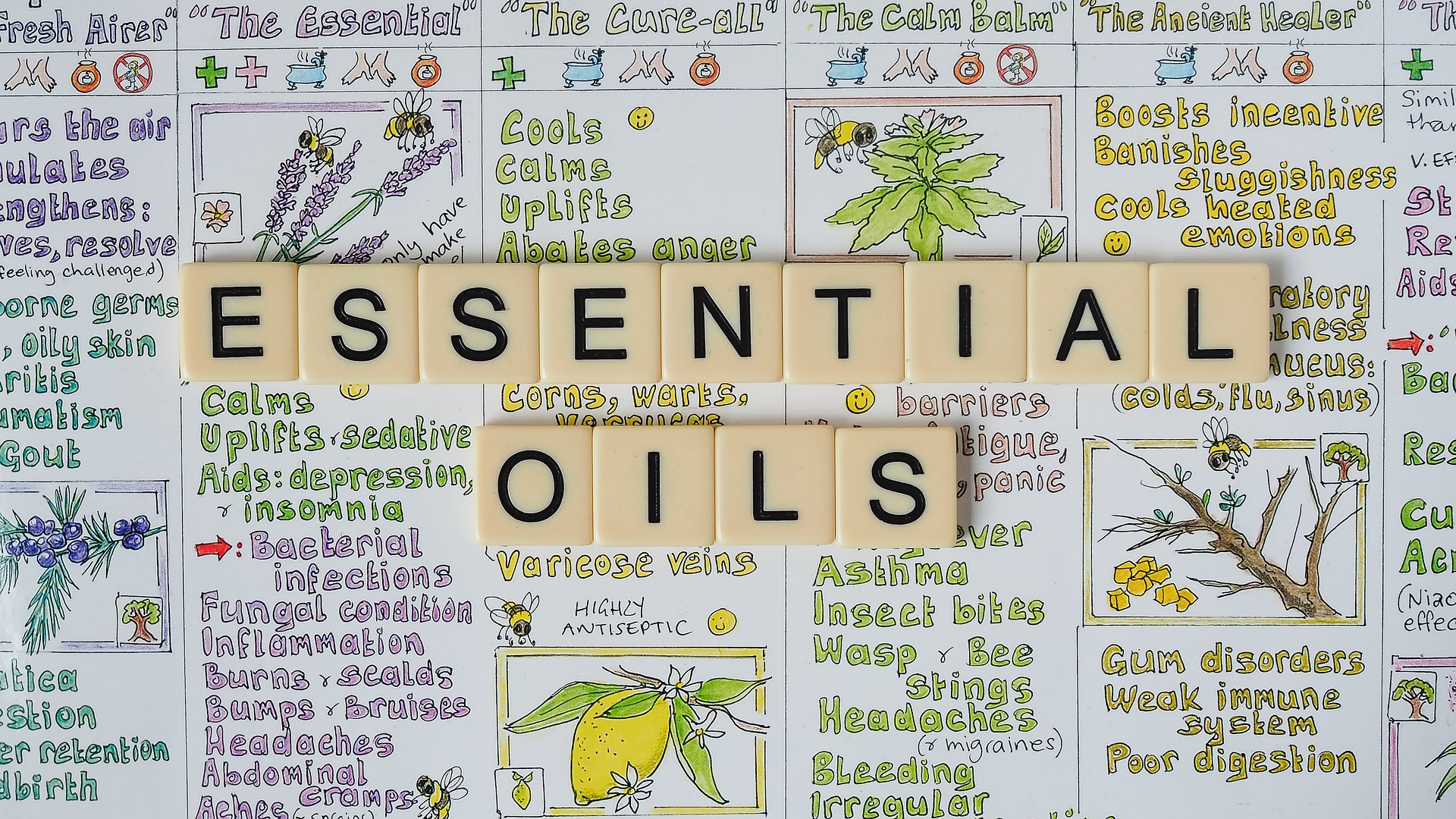
Homeopathy is a form of alternative medicine based on the principle of "similarity of symptoms". In other words, homeopathy considers that the symptoms of a disease can be treated by giving the patient a substance that causes similar symptoms in a healthy person. This substance is diluted so that virtually no trace of it remains, which is supposed to enhance its therapeutic effect. Although homeopathy is widely used throughout the world, scientific evidence for its effectiveness is limited and it is often regarded as a pseudo-science.
How is the essence of plants extracted?
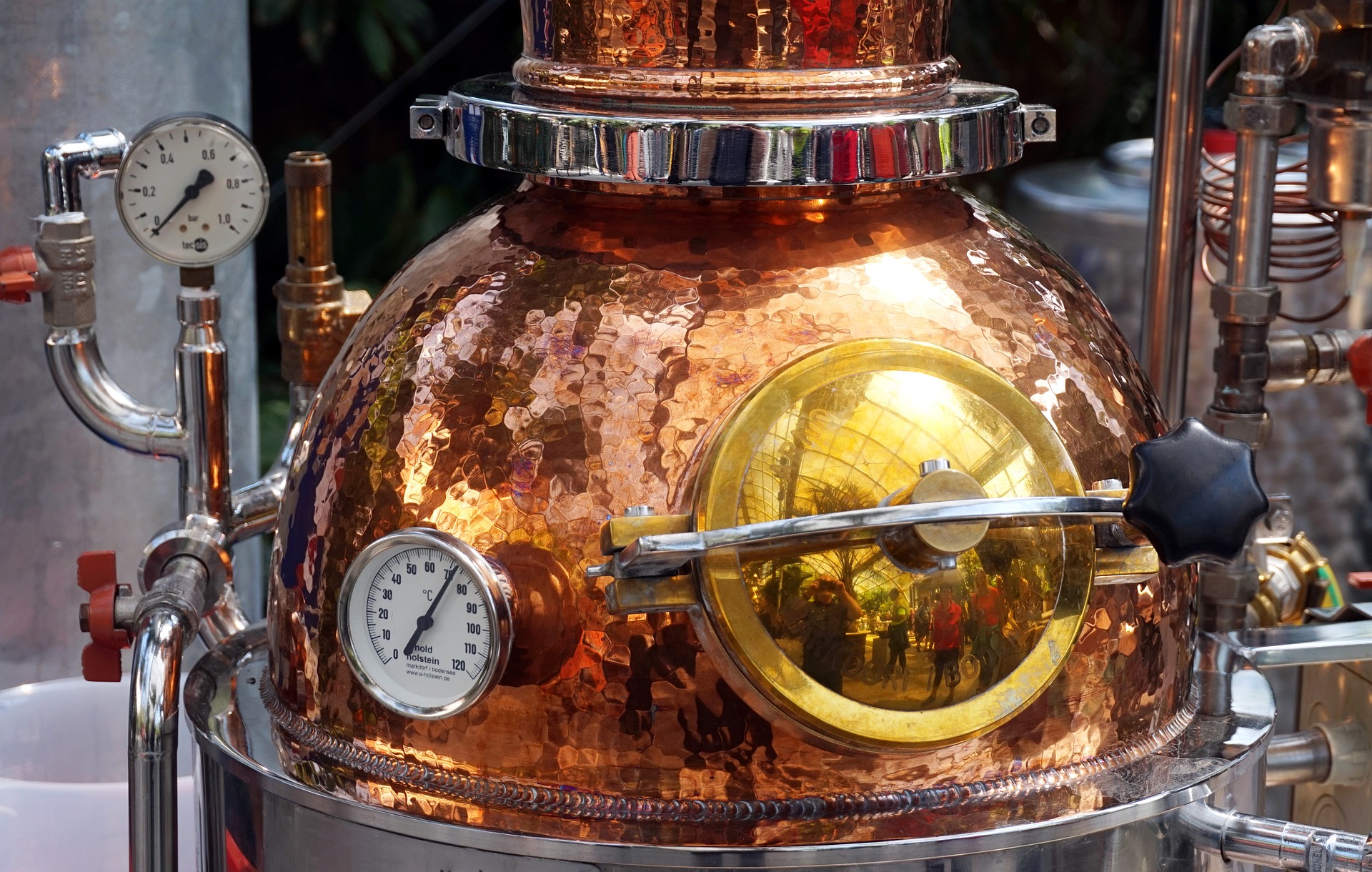
There are several methods for extracting the essence of plants, including steam distillation, solvent extraction and cold expression. Steam distillation is the most common method of extracting essential oils from plants. It involves heating the plant parts (such as leaves, flowers or bark) in a vessel, which releases the essential oils as steam. The vapour is then condensed into a solution of oil and water, which is separated to obtain the pure essential oil. Solvent extraction is a method used to extract the solid components of plants, such as waxes and pigments. It involves dissolving the solid components in a solvent, such as ether or benzene, and then evaporating the solvent to obtain the concentrated essence. Cold expression is a method used to extract essential oils from citrus fruits, such as oranges, lemons and grapefruits. It involves pressing the peel of the plant to extract the essential oil.
The steam will carry away with it part of the components to form the floral water, while the other components will regroup to form the essential oil. There will then be a separation between the water part and the oil part which will both be very useful in natural medicine.
How to choose an essential oil in the market?
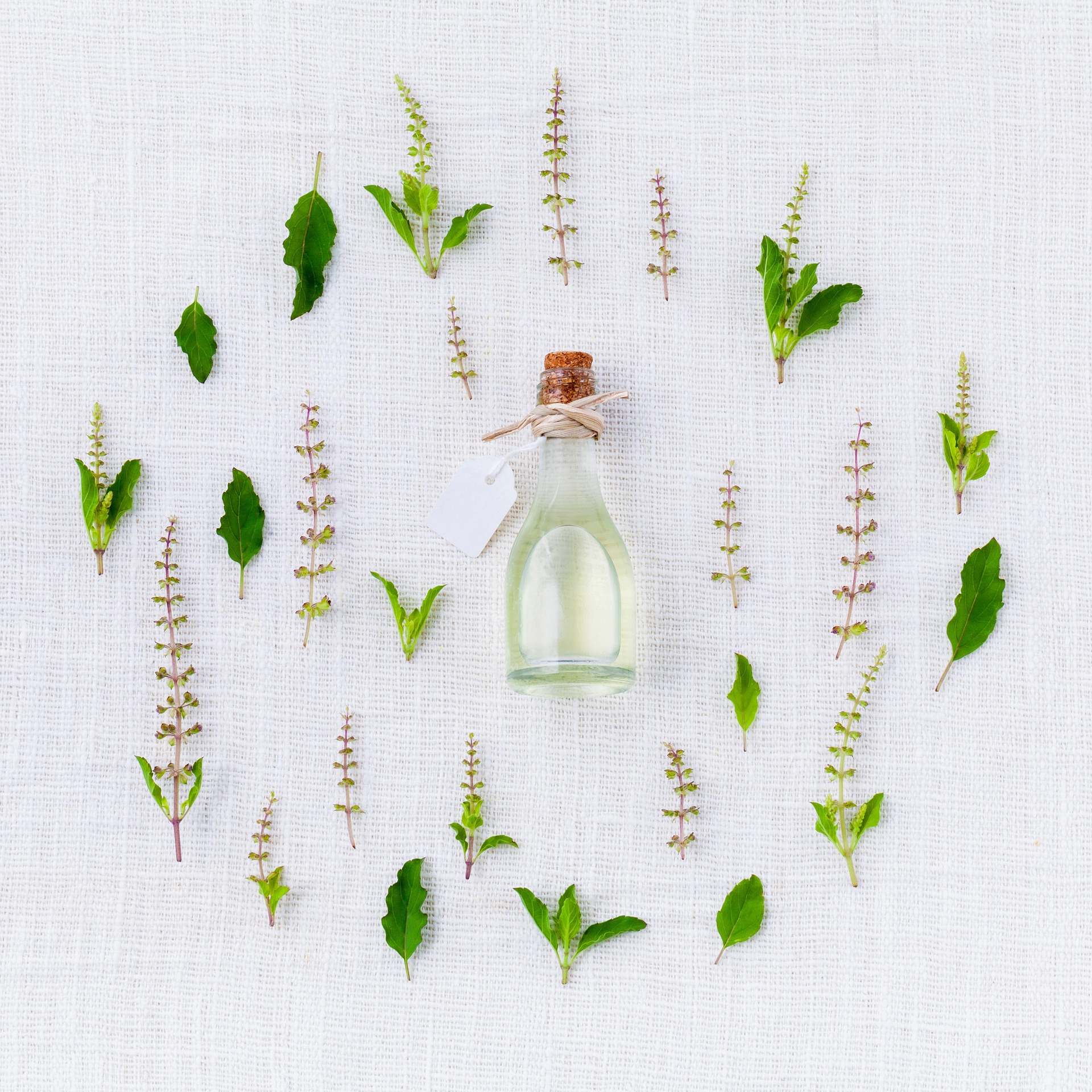
To guarantee the quality of an essential oil, it is necessary to carry out a rigorous control of several controls:
- the botanical species: the Latin name must be written down and must correspond exactly to your search;
- the producing organ: flower, fruit, bark, the part of the plant sought is very important. The same plant may have different indications depending on the part used;
- the biotope: this is the identification of several criteria of the environment of the plant (country and geographical area, climate, sunshine, nature of the soil) will impact the quality and composition of the essential oil. For example, the composition of thyme (Thymus vulgaris) essential oil will be different if it comes from Spain or Corsica... ;
- the growing and harvesting conditions: these will have a direct impact on the quality and composition of the oil;
- the appearance of the oil: the colour, smell, flavour, viscosity, transparency and presence of residues in the oil should be checked;
- the reputation of the laboratory that produces the essential oil and the place where it is purchased: pharmacies and specialised shops are more likely to guarantee the origin of the essential oil. A balance must be struck with the notion of price.
- All of these controls make it possible to guarantee a 100% pure and natural essential oil.
What is the chemotype?
The chemotype is a variant of a plant that contains different concentrations of certain active chemical compounds in its parts (such as leaves, flowers or bark). For example, two plants of the same species may have different chemotypes depending on their essential oil content. This may influence the effectiveness of the plant as a medicinal remedy or its use in perfumery or cooking. Chemotypes are often indicated by letters or numbers following the species name, for example Lavandula angustifolia chemotype vera or Mentha piperita chemotype 1. Chemotypes are important to consider when using plants as remedies or ingredients, as they may have different effects depending on their chemical composition.
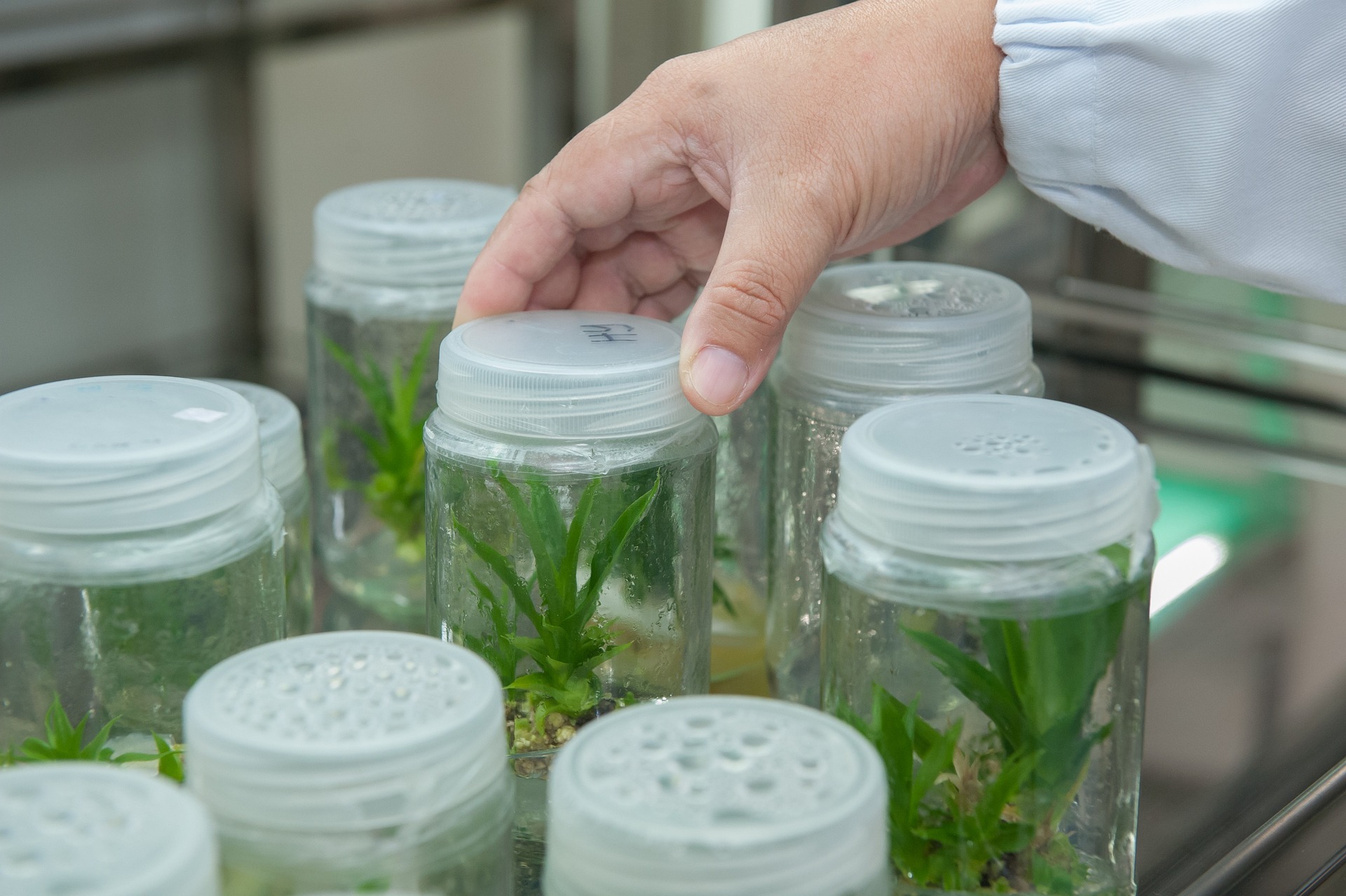
For example for thyme (Thymus vulgaris):
- if the chemotype is linalool, the use will be easy and without great risk for health. This profile is very useful to fight sore throat or fatigue;
- if the chemotype is thymol, it should be used with care to protect the skin and liver. This profile is very effective in fighting skin infections, respiratory tract infections (bronchitis) and parasites;
- if the chemotype is carvacrol, the smell will be stronger than the thymol chemotype. Very effective in fighting the same infections as the thymol chemotype;
- if the chemotype is thujanol, the risk for the skin and liver is less important than the thymol and carvacrol chemotypes. This profile is interesting for fighting sore throats, fatigue, skin fungus and tooth and gum pain.

